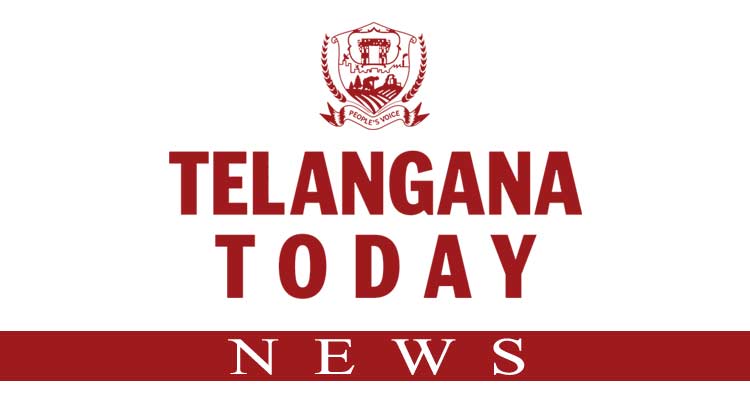Dr MS Swaminathan’s recommendations on improving the lot of farmers represent a gold standard in agricultural policy
Published Date – 11:45 PM, Thu – 28 September 23

Dr MS Swaminathan’s recommendations on improving the lot of farmers represent a gold standard in agricultural policy
In the demise of Dr MS Swaminathan, India has lost one of its finest agricultural scientists who helped transform the country from a net importer of foodgrains to rank among the largest producers of wheat and rice. A nation that was living ship-to-mouth under the PL-480 programme became self-sufficient within a decade, thanks to the Green Revolution, an initiative largely credited to Dr Swaminathan. An eminent scientist and administrator, he played a key role in guiding the country’s policies that pushed cereal production to unprecedented levels. The Green Revolution revolved around five main pillars: strong research and development; price assurance to producers through a robust system of minimum support price; inter and intra-year price stability through open market operations; maintenance of buffer stocks, and distribution of foodgrains through an effective public distribution system. Trained as a geneticist, with a doctorate from the University of Cambridge, he held several key research and administrative positions, including the director of the Indian Agricultural Research Institute (IARI), director general of ICAR and secretary to the Department of Agricultural Research and Education, Planning Commission member and director general of International Rice Research Institute, the Philippines. He helped introduce Mexican semi-dwarf wheat plants to Indian fields and helped bring about greater acceptance of modern farming methods. His recommendations on improving the lot of farmers represent a gold standard in agricultural policy and all political parties swear by the report of the National Commission on Farmers headed by Swaminathan. The 2006 report recommended, among other things, that the minimum support price (MSP) should be at least 50% more than the weighted average cost of production.
When Dr Swaminathan was the director of IARI, India was desperately looking to raise grain production. With the assistance of Nobel laureate Norman Borlaug, India quickly adopted high-yielding varieties of wheat and rice. The entire northwest region of the Indo-Gangetic plains, comprising Punjab, Haryana and western Uttar Pradesh, with their robust irrigation systems and affinity for farming were picked as early adopters for the new yields. The Green Revolution was launched in response to a rising population that saw per capita annual foodgrain production fall to 151 kilogram in 1965-66 from almost 190 kg in 1961-62. The results were quick, encouraging and ably supported by a robust procurement mechanism. By 1971-72, India’s wheat production more than doubled to touch 23 million tonnes while rice production increased by 30% during the five years of the Green Revolution. After that phase, India has never faced a serious food security threat though its population has increased from 50 crore at the beginning of 1966 to more than 140 crore now. A dedicated researcher and a champion of farmers’ cause, Dr Swaminathan was awarded the first World Food Prize in 1987 following which he set up the MS Swaminathan Research Foundation (MSSRF) in Chennai.





